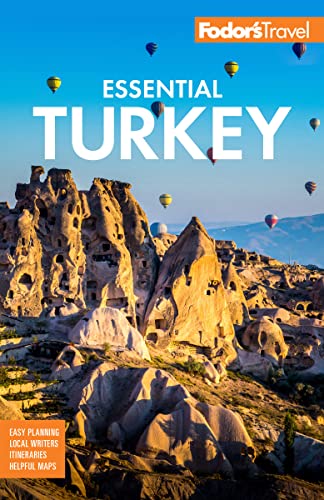Meet the Hittites
Around 1800 BC a people called the Hittites, who like the Persians spoke an Indo-European language (unlike the Turks, whose language is Ural-Altaic), apparently entered Anatolia after crossing the Caucasus steppes beyond the Black Sea. They claimed the city of Hattuşa—with a fortress, temples, large administrative buildings, houses, cemeteries, and decorated gateways and courtyards—as their capital and soon began to build an empire. They worshipped a storm god and a sun goddess, and had a well-ordered society with written laws. At their height, they conquered Babylon and battled the Egyptian pharaohs. One of the most famous finds in Hattuşa is a copy of the Treaty of Kadesh (c. 1259 BC), signed between the Hittite and Egyptian empires after what might have been the largest chariot battle ever fought, involving some 5,000 chariots. The Hittites’ reign came to an end after some 600 years, when tribes from the north sacked and burned Hattuşa in 1200 BC. The Phrygians then became the dominant people in the region.
What you can see today at Boğazkale (the modern-day Turkish name for Hattuşa) is mainly the foundations of buildings. Yazılıkaya, about 3 km (2 miles) to the east, is far more interesting. Yazılıkaya (meaning "inscribed rock" in Turkish) is thought to have served as Hattuşa’s religious sanctuary. The walls here are covered with drawings of Hittite gods, goddesses, and kings from about 1200 BC. On the main shrine, 42 gods march from the left to meet 21 goddesses coming from the right. In the middle is the weather god Teshub with horns in his cap, and the sun goddess Hebat riding a leopard. It's thought that funeral rites for kings were performed here.
The Hittite cities are about 200 km (124 miles) northeast of Ankara, a two-hour drive. A guided trip from Ankara, however, will shed a great deal of light on what are often otherwise unintelligible piles of rocks arranged in squares.




